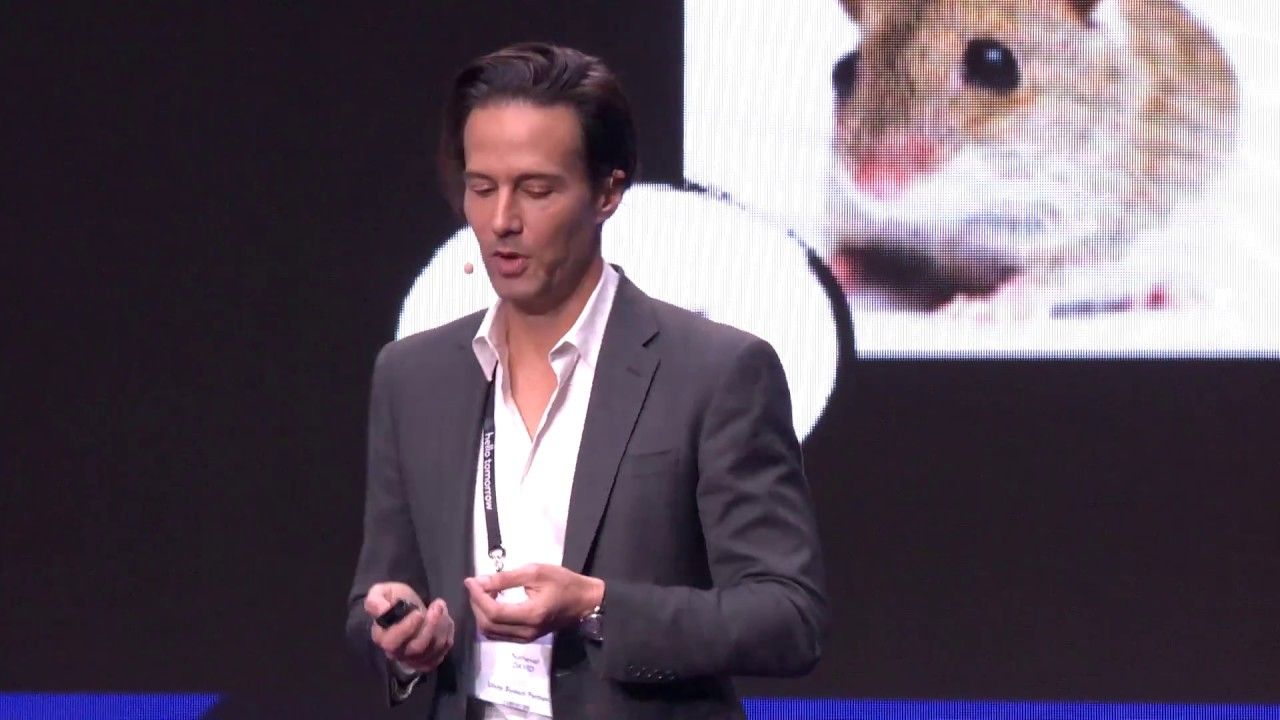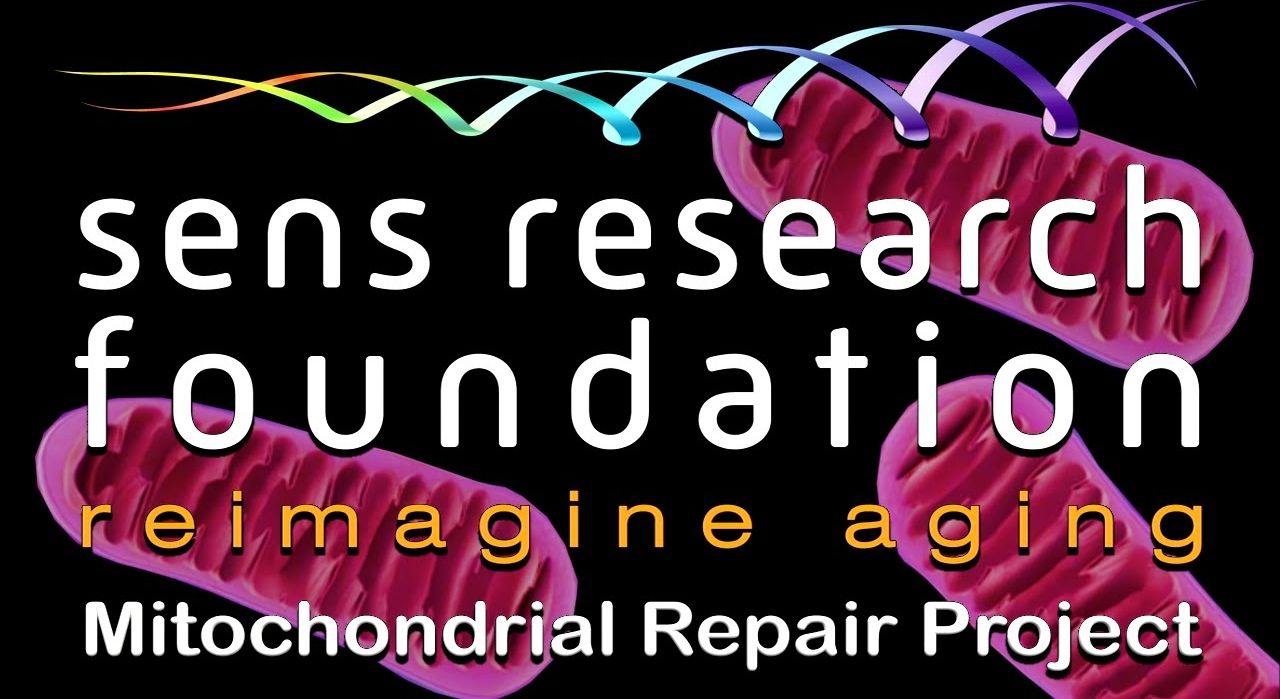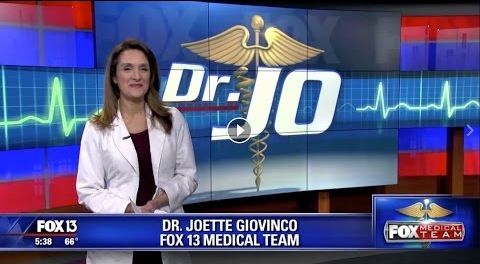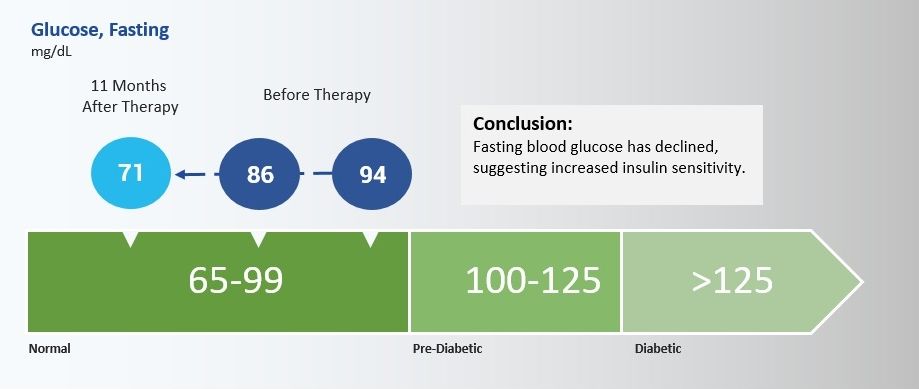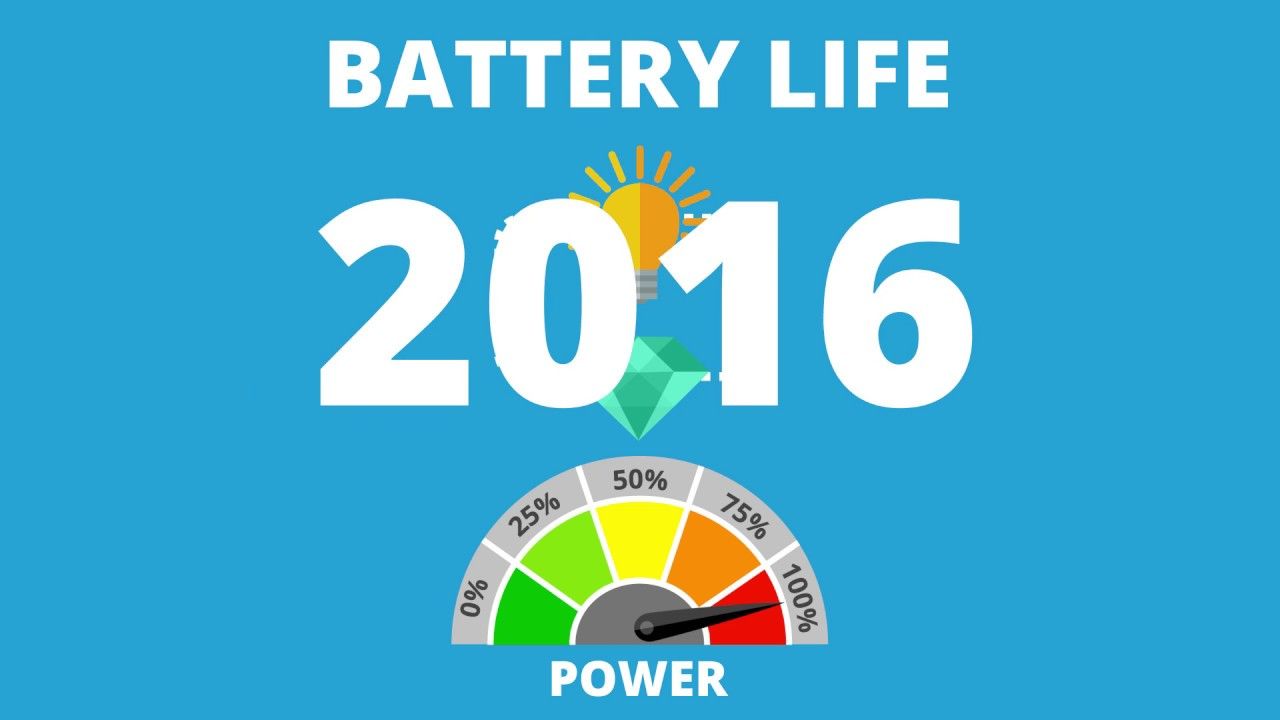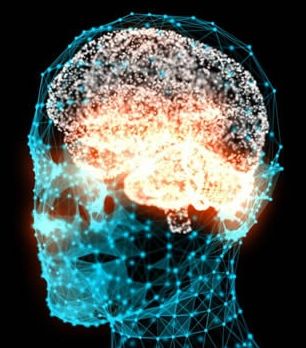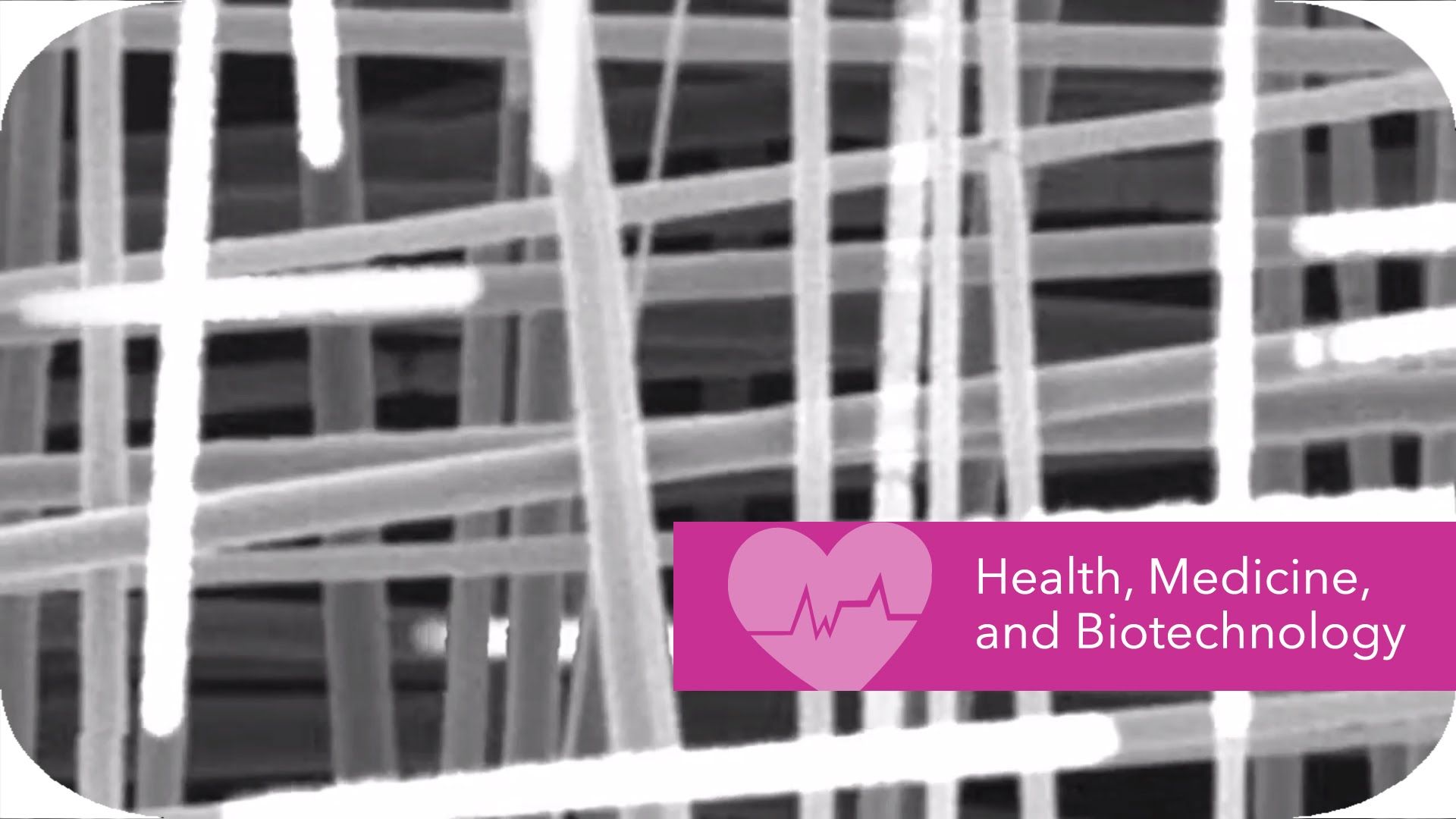Nov 30, 2016
Drugs to Extend Life — Nathaniel David, CEO of Unity Biotechnology
Posted by Steve Hill in categories: biotech/medical, life extension
Nathaniel David from Unity Biotech giving a talk about the potential of Senolytics and how science can break the natural limit to lifespan. David is the CEO of Unity Biotechnology a company taking SENS based Senolytic drugs into human clinical trials in the next year or so. Very exciting as this is the first true rejuvenation biotechnology therapy to be deployed in humans.
Unity is leading the way for the first rejuvenation technologies in the #sens model. Here we have Nathaniel David from Unity talking about the potential of Senolytics and increased lifespans.
Continue reading “Drugs to Extend Life — Nathaniel David, CEO of Unity Biotechnology” »
